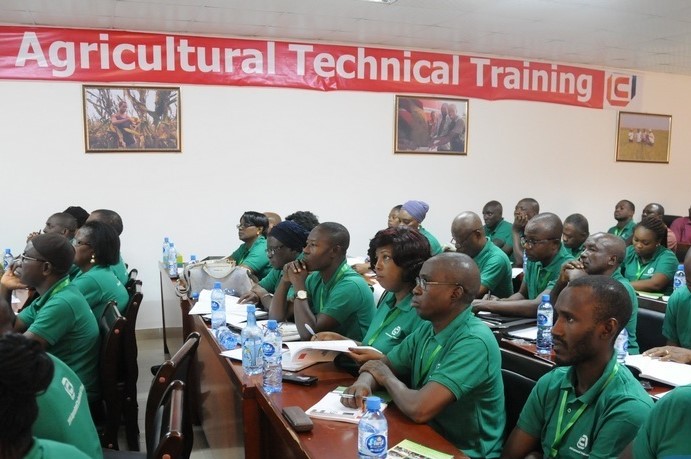Generally, Africans see going into agriculture for a career as a drudge. This explains why a few young people in the continent reluctantly go into agriculture, only when they cannot get other jobs. Often, they start their efforts through trial and error. Usually, their main source of information on agriculture is social media, mainly Facebook and WhatsApp groups.
At these sites, such as one called the African Farmers Club, which has thousands of members, young people share information and pictures about their experiences, they look for markets for their produce, and they seek encouragement. But this is insufficient. While peer-to-peer learning is important, the advice shared on these sites varies in quality and accuracy. In a recent post, members of the African Farmers Club realized that just sharing information among themselves is not enough, and have been seeking an agronomist to join the group.
No agricultural revolution occurs anywhere until investments in the practical skills set of youth in the field of agriculture through dedicated training at specialized technical institutes begin. Luckily, some African governments have embraced this approach.
Agricultural training institutes can provide practical knowledge and help youth put their creativity, love for technology and innovation to use. Evidence from other sectors shows that skills development has made huge impact on productivity and competitiveness there. For example in Angola, studies show that an increase in certificate and advanced diploma qualifications in certain technical areas could result in significant increase in labour productivity.
Right now, however, many countries are lacking in offering these kinds of practical training. In Kenya, there is only one agricultural training institution – Bukura Agricultural College – even though agriculture is one of the five economic pillars in the country’s vision 2030. In contrast to the one agriculture training institute, there are 16 national technical colleges offering training in other sectors such as engineering and hospitality. To make agricultural training more accessible, at least each of the 47 counties in the nation needs to establish an agricultural training institute.















